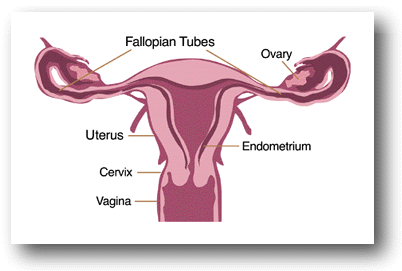AIM Creates Wealth and Success
If You Are Truly Committed To Success and Will Do What It Takes To Achieve Your Goal,
We Would Love To Help You Discover YOUR Potential.
We Promote A Fantastic GLOBAL COMPANY With An In-Demand Product.
"Success is not counted by how high you've climbed,




































